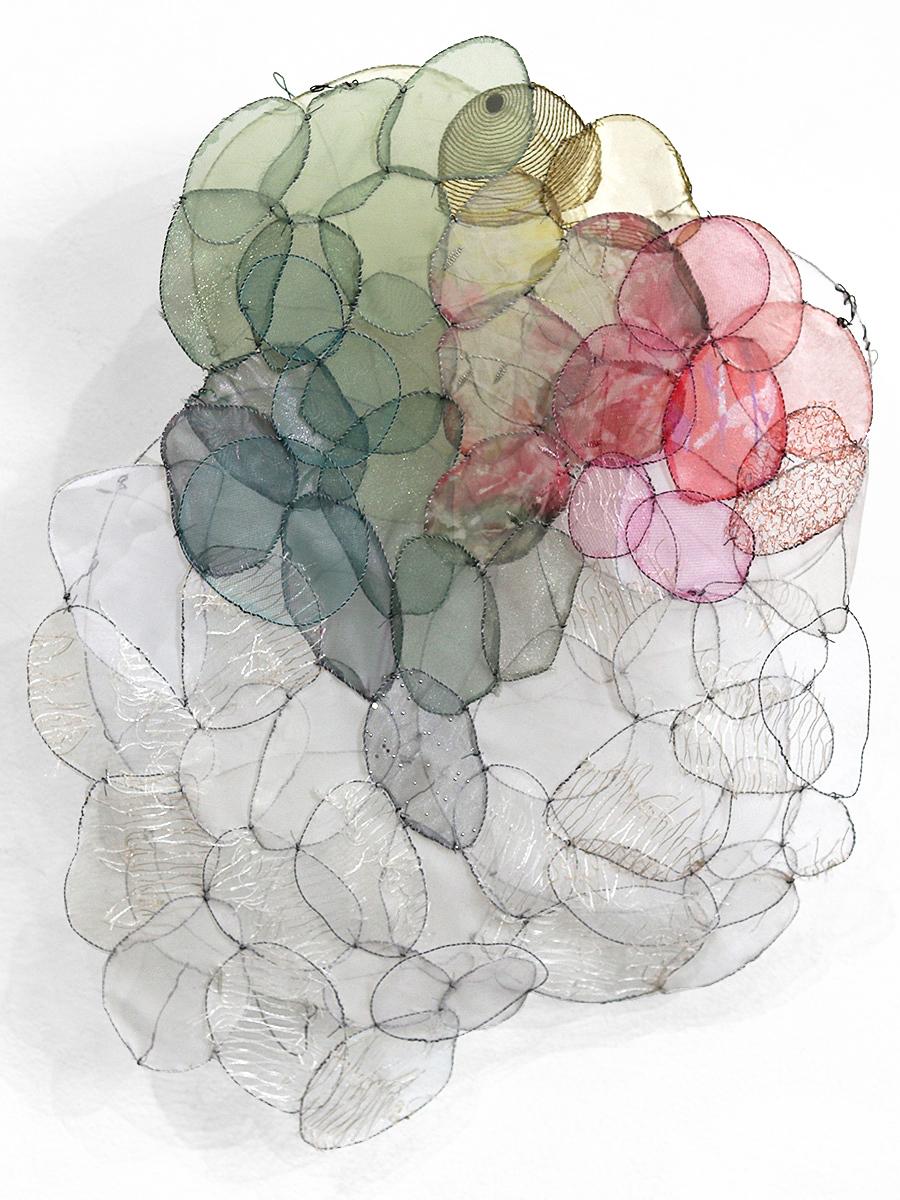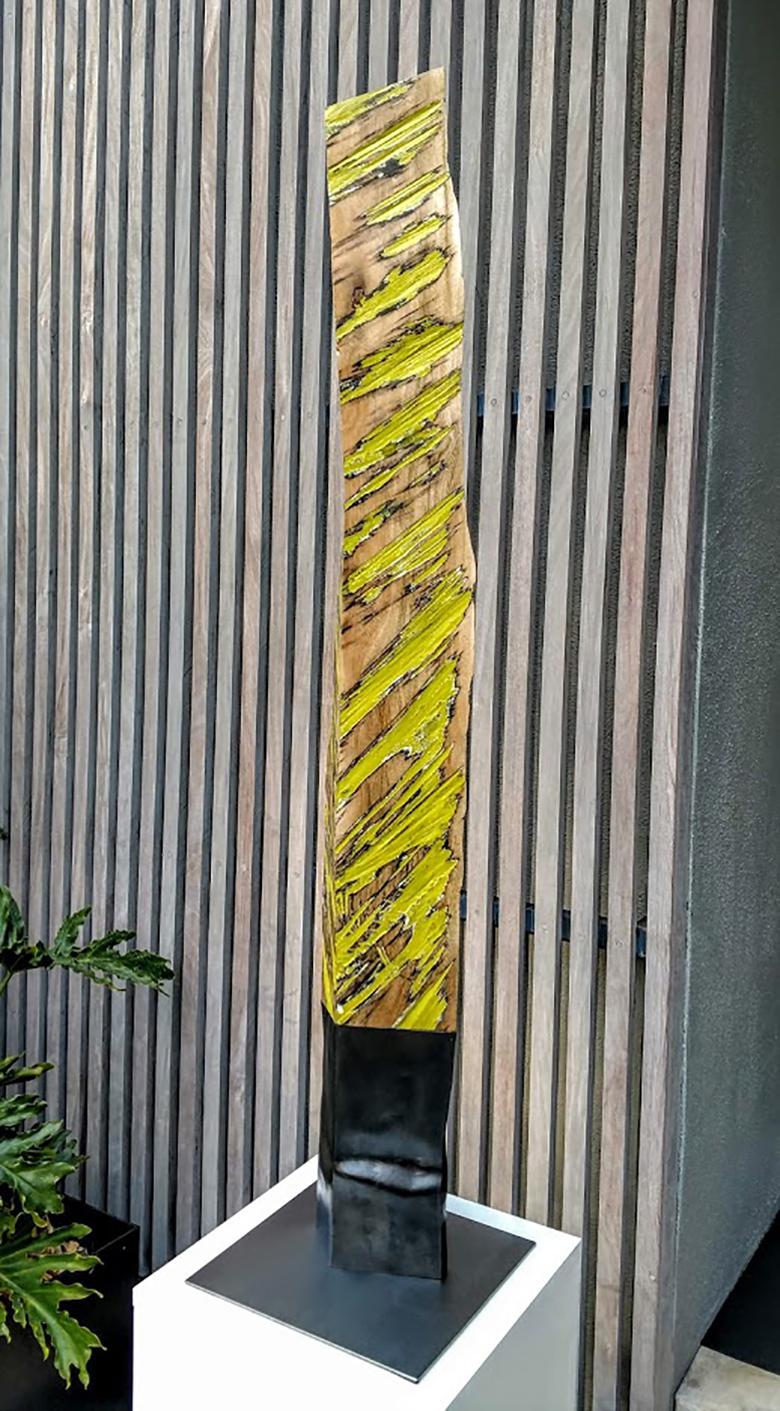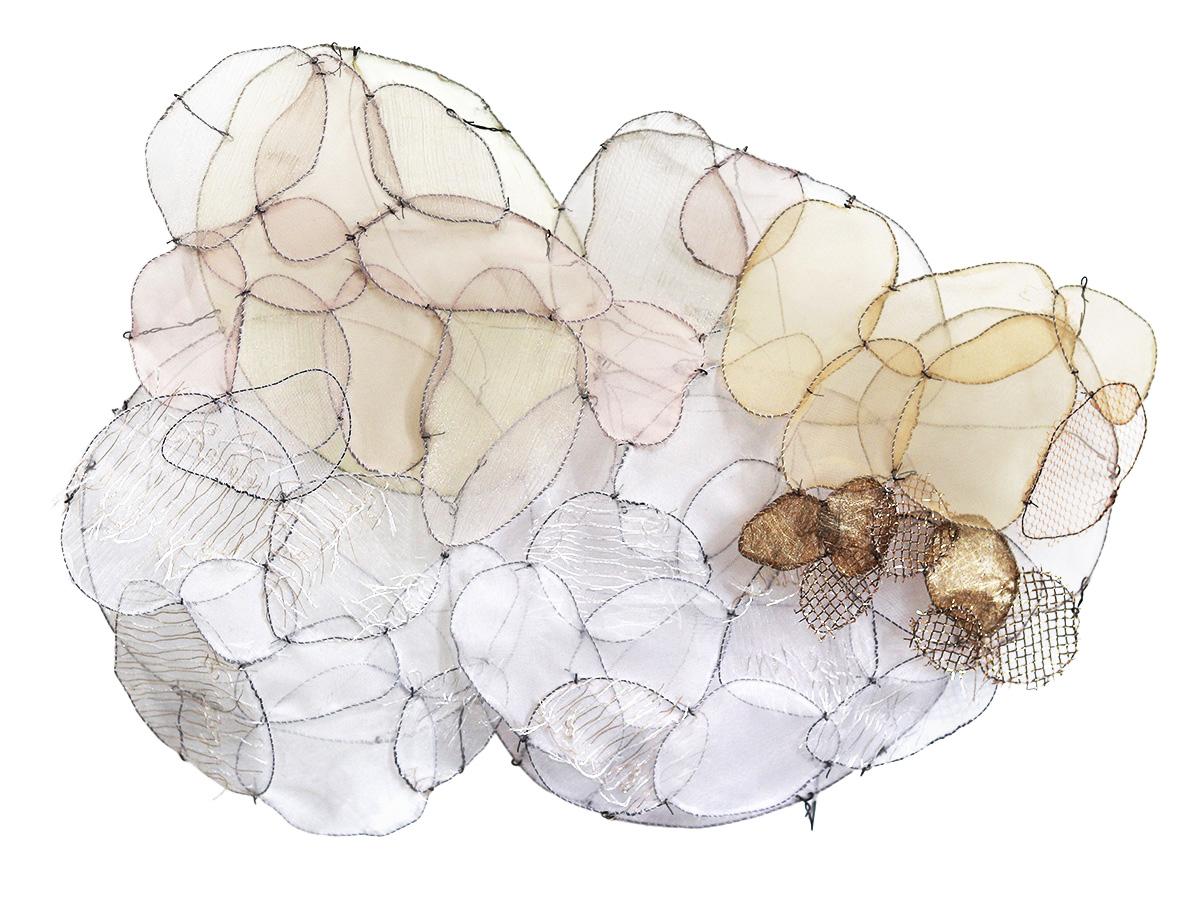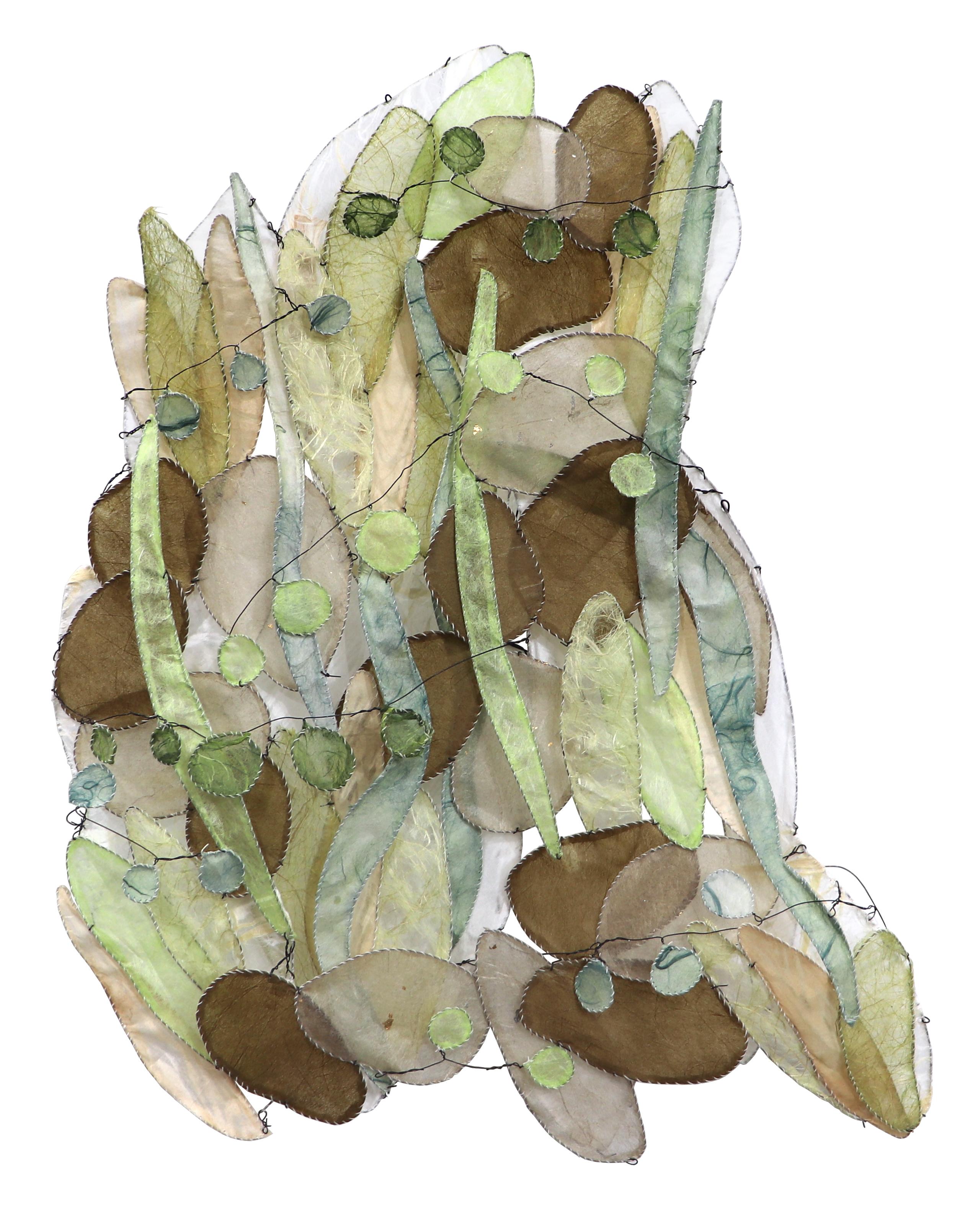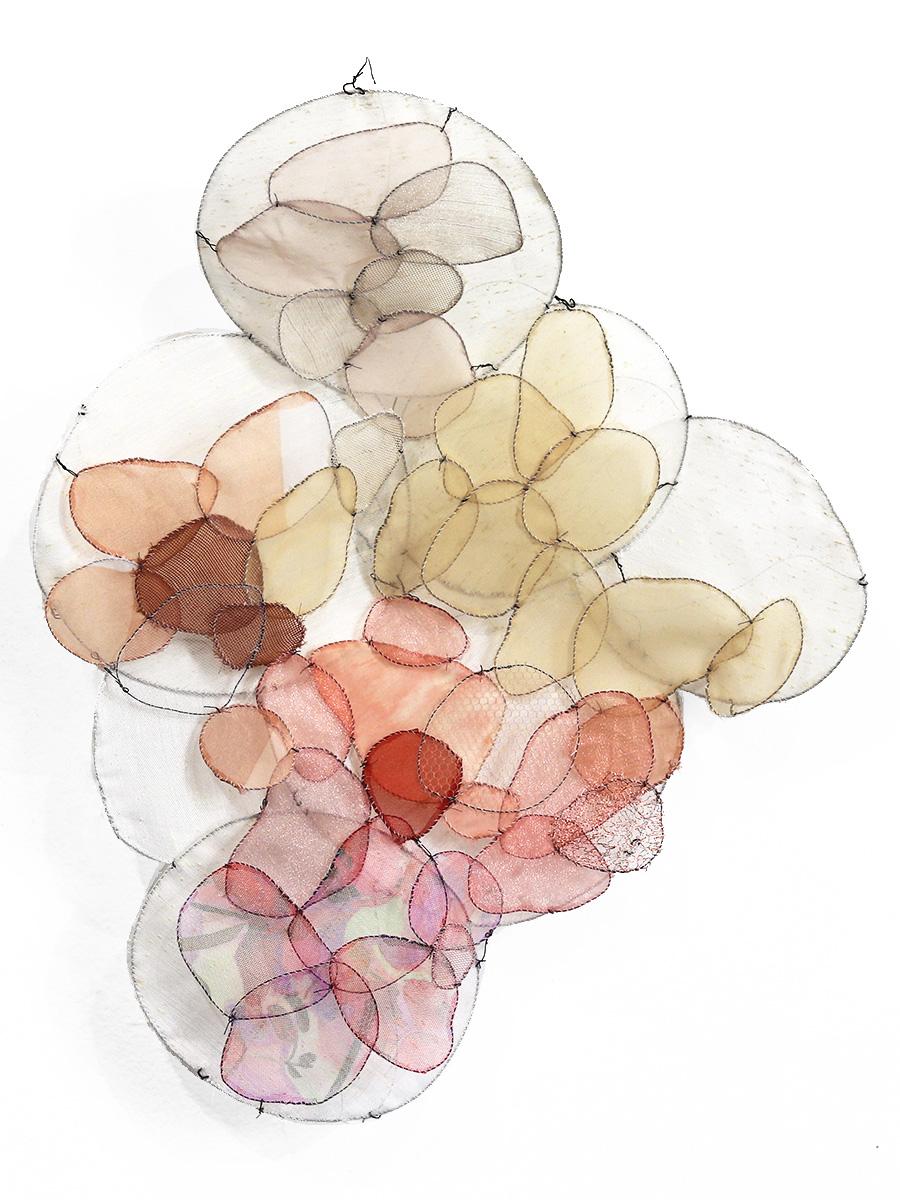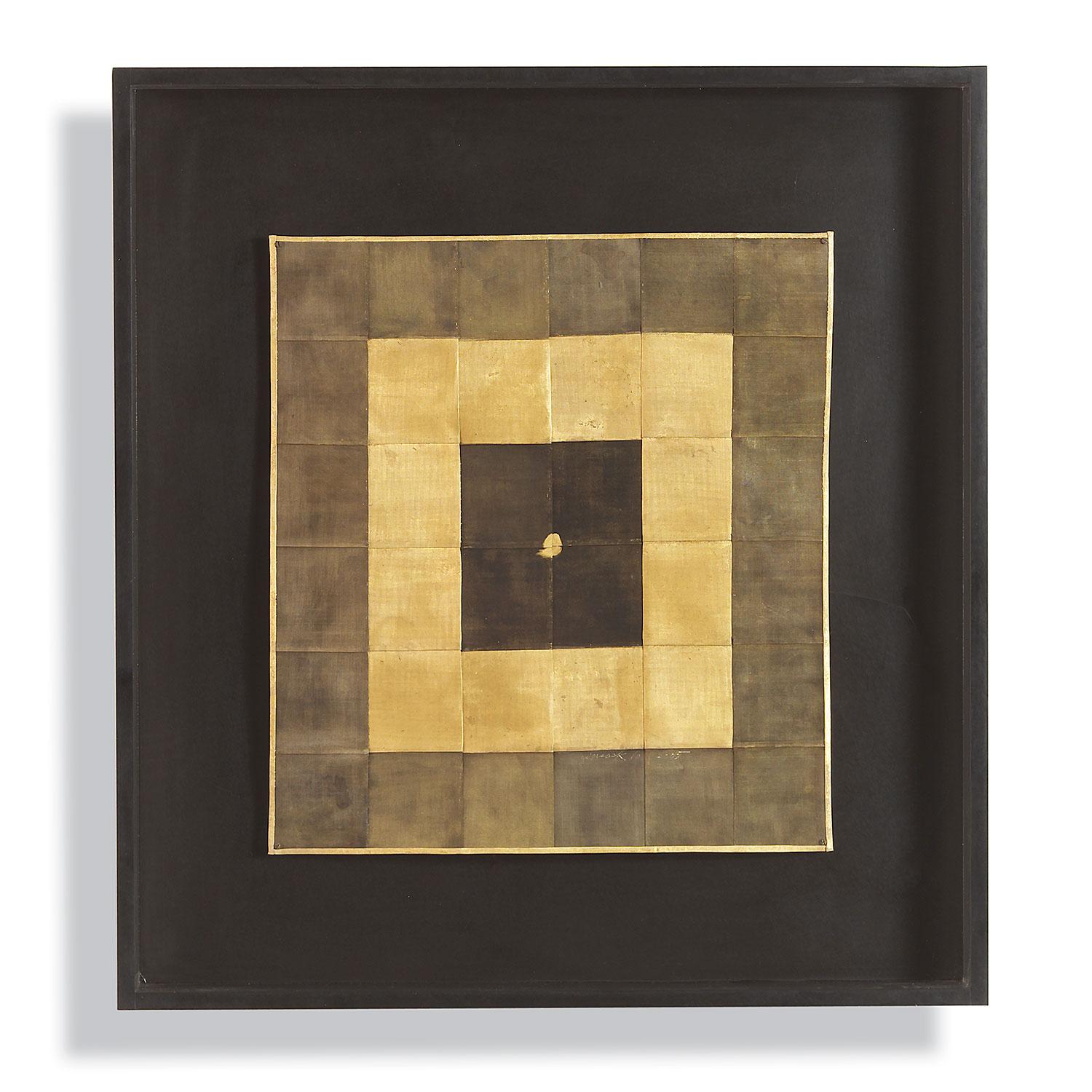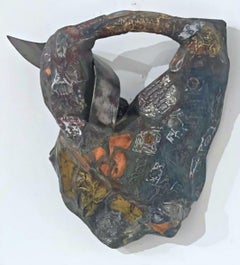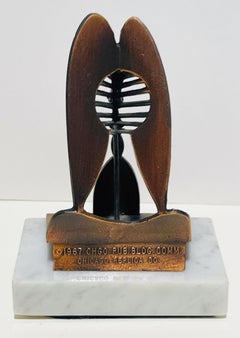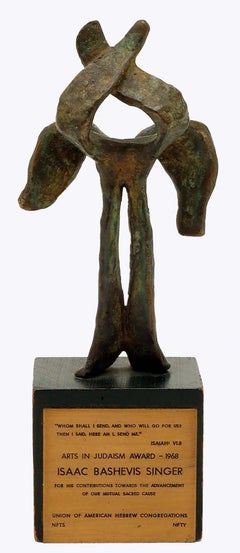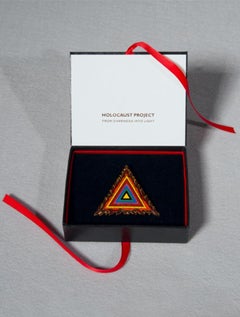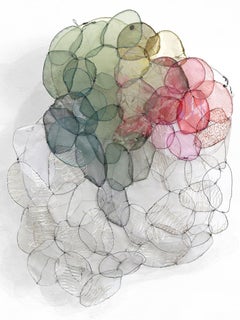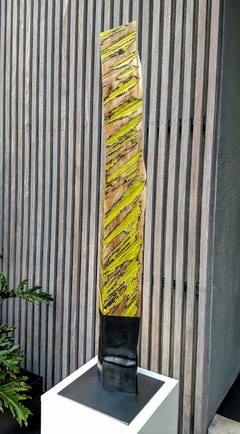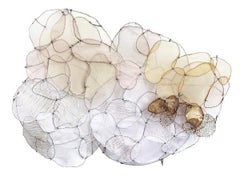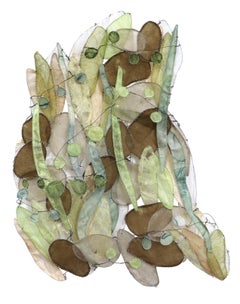Items Similar to Yellow Disc Hand painted steel sculpture on marble base Signed 21/35 British Art
Want more images or videos?
Request additional images or videos from the seller
1 of 4
Phillip KingYellow Disc Hand painted steel sculpture on marble base Signed 21/35 British Art2007
2007
About the Item
Phillip King
Yellow Disc, 2007
Hand painted steel on a marble base
Signed and numbered 21/35 on base.
Provenance: Bernard Jacobson Gallery, London
Private Collection, UK
5 3/5 × 12 × 8 1/5 inches
This work was created by the British sculptor Phillip King, student of the famous Sir Anthony Caro. Like Caro and Isaac Witkin (who also studied with Caro), King was an assistant to Henry Moore. A wonderful and playful abstract piece, perfect for collectors of artwork by English abstract sculptors.
Provenance: Bernard Jacobson Gallery; Private Collection
Signed and numbered 21/35 on the base
- Creator:Phillip King (1934, British)
- Creation Year:2007
- Dimensions:Height: 5.6 in (14.23 cm)Width: 12 in (30.48 cm)Depth: 8.2 in (20.83 cm)
- Medium:
- Movement & Style:
- Period:
- Condition:
- Gallery Location:New York, NY
- Reference Number:1stDibs: LU1745215092792
About the Seller
5.0
Platinum Seller
Premium sellers with a 4.7+ rating and 24-hour response times
Established in 2007
1stDibs seller since 2022
408 sales on 1stDibs
Typical response time: 1 hour
- ShippingRetrieving quote...Shipping from: New York, NY
- Return Policy
Authenticity Guarantee
In the unlikely event there’s an issue with an item’s authenticity, contact us within 1 year for a full refund. DetailsMoney-Back Guarantee
If your item is not as described, is damaged in transit, or does not arrive, contact us within 7 days for a full refund. Details24-Hour Cancellation
You have a 24-hour grace period in which to reconsider your purchase, with no questions asked.Vetted Professional Sellers
Our world-class sellers must adhere to strict standards for service and quality, maintaining the integrity of our listings.Price-Match Guarantee
If you find that a seller listed the same item for a lower price elsewhere, we’ll match it.Trusted Global Delivery
Our best-in-class carrier network provides specialized shipping options worldwide, including custom delivery.More From This Seller
View AllSoft Curve 312, Signed unique sculpture (from the Estate of artist Will Barnet)
Located in New York, NY
Linda Stein
Soft Curve 312 (from the Estate of artist Will Barnet), 1998
Mixed media sculpture of wood, metal and stone
Signed, titled and dated with additional sculpted text
Unique
...
Category
1990s Abstract Abstract Sculptures
Materials
Stone, Metal
The Lady maquette, replica of Chicago Picasso sculpture, American Bridge Company
By Pablo Picasso
Located in New York, NY
(After) Pablo Picasso
The Lady (Maquette), ca. 1967
Mixed Media Sculpture edition Cor-ten Steel
This maquette is based upon the original Chicago Picasso-a monumental sculpture by Pablo Picasso in Chicago, Illinois. The sculpture, dedicated on August 15, 1967, in Daley Plaza in the Chicago Loop...
Category
1960s Abstract Abstract Sculptures
Materials
Stone, Steel
Bronze Sculpture to Isaac Bashevis Singer, Arts in Judaism Award signed Judaica
By Nathaniel Kaz
Located in New York, NY
Nathaniel Kaz
Bronze Sculpture to Isaac Bashevis Singer for Arts in Judaism Award, 1966
Bronze, Square wooden base, Metal tag
Signed and dated "66" to back of bronze portion of the w...
Category
1960s Abstract Expressionist Abstract Sculptures
Materials
Metal, Bronze
Holocaust Remembrance Logo Pin enamel Pendant in bespoke box incised artist name
By Judy Chicago
Located in New York, NY
Judy Chicago
Logo Pin and Pendant, 1993
Enameled pin with pendant loop in original presentation box
2 1/2 × 2 1/2 × 1/5 inches
Judy Chicago's incised name and date on the verso
Comes...
Category
1990s Abstract Geometric More Art
Materials
Metal, Enamel
Maquette for Laureate (unique sculpture)
By Seymour Lipton
Located in New York, NY
Seymour Lipton
Maquette for Laureate, ca. 1968-1969
Nickel silver on monel metal
Unique
18 × 8 1/2 × 7 inches
Marlborough-Gerson Gallery, New York
Acquired from the above by the previous owner, 1969
thence by descent
Christie's New York: Monday, June 30, 2008 [Lot 00199]
Acquired from the above Christie's sale This unique sculpture by important Abstract Expressionist sculptor Seymour Lipton is a maquette of the monumental sculpture "Laureate" - one of Lipton's most iconic and influential works located on the Riverwalk in downtown Milwaukee, Wisconsin. Laureate is a masterpiece that was commissioned by the Allen-Bradley Company in memory of Harry Lynde Bradley and as an enhancement for the newly constructed Performing Arts Center. It is located on the east bank of the Milwaukee River at 929 North Water Street. The Bradley family in Milwaukee were renowned patrons of modernist sculpture, known for their excellent taste who also founded an eponymous sculpture park. For reference only is an image of the monumental "Laureate" one of Milwaukee's most beloved public sculptures. According to the Smithsonian, which owns a different unique variation of this work, "The full-size sculpture Laureate was commissioned by the Marcus Center for the Performing Arts in Milwaukee. In the initial drawings, Seymour Lipton combined details from the architectural plan with a wide variety of images, ranging from musical instruments to a lighthouse on the island of Tobago. He transformed the basic shapes from these sketches into a welded sculpture, which evokes a figure composed of columns, harp strings, and coiled rope. Lipton created this piece to celebrate achievement in the arts. The dramatic silhouette commands your attention, reflecting the title Laureate, which means worthy of honor and distinction. The final version of the piece is over twelve feet high and stands out against the pale, flat buildings of the arts center.,,"
Provenance
Marlborough-Gerson Gallery, New York
Acquired from the above by the previous owner, 1969
thence by descent
Christie's New York: Monday, June 30, 2008 [Lot 00199]
Acquired from the above Christie's sale
About Seymour Lipton:
Born in New York City in 1903, Seymour Lipton (1903-1986) grew up in a Bronx tenement at a time when much of the borough was still farmland. These rural surroundings enabled Lipton to explore the botanical and animal forms that would later become sources for his work. Lipton’s interest in the dialogue between artistic creation and natural phenomena was nurtured by a supportive family and cultivated through numerous visits to New York’s Museum of Natural History as well as its many botanical gardens and its zoos. In the early 1920s, with the encouragement of his family, Lipton studied electrical engineering at Brooklyn Polytechnic Institute and pursued a liberal arts education at City College. Ultimately, like fellow sculptor Herbert Ferber, Lipton became a dentist, receiving his degree from Columbia University in 1927. In the late 1920s, he began to explore sculpture, creating clay portraits of family members and friends.
In addition to providing him with financial security, dentistry gave Lipton a foundation in working with metal, a material he would later use in his artwork. In the early 1930s, though, Lipton’s primary sculptural medium was wood. Lipton led a comfortable life, but he was also aware of the economic and psychological devastation the Depression had caused New York. In response, he generally worked using direct carving techniques—a form of sculpting where the artist “finds” the sculpture within the wood in the process of carving it and without the use of models and maquettes. The immediacy of this practice enabled Lipton to create a rich, emotional and visual language with which to articulate the desperation of the downtrodden and the unwavering strength of the disenfranchised. In 1935, he exhibited one such early sculpture at the John Reed Club Gallery in New York, and three years later, ACA Gallery mounted Lipton’s first solo show, which featured these social-realist-inspired wooden works. In 1940, this largely self-taught artist began teaching sculpture at the New School for Social Research, a position he held until 1965.
In the 1940s, Lipton began to devote an increasing amount of time to his art, deviating from wood and working with brass, lead, and bronze. Choosing these metals for their visual simplicity, which he believed exemplified the universal heroism of the “everyman,” Lipton could also now explore various forms of abstraction. Lipton’s turn towards increasing abstraction in the 1940s allowed him to fully develop his metaphorical style, which in turn gave him a stronger lexicon for representing the horrors of World War II and questioning the ambiguities of human experience. He began his metal work with cast bronze sculptures, but, in 1946, he started welding sheet metal and lead. Lipton preferred welding because, as direct carving did with wood, this approach allowed “a more direct contact with the metal.”[ii] From this, Lipton developed the technique he would use for the remainder of his career: “He cut sheet metal, manipulated it to the desired shapes, then joined, soldered, or welded the pieces together. Next, he brazed a metal coating to the outside to produce a uniform texture.”[iii]
In 1950, Lipton arrived at his mature style of brazing on Monel metal. He also began to draw extensively, exploring the automatism that abstract expressionist painters were boasting at the time. Like contemporaries such as Jackson Pollock, Lipton was strongly influenced by Carl Jung’s work on the unconscious mind and the regenerative forces of nature. He translated these two-dimensional drawings into three-dimensional maquettes that enabled him to revise his ideas before creating the final sculpture.The forms that Lipton produced during this period were often zoomorphic, exemplifying the tension between the souls of nature and the automatism of the machine.
In the years following the 1950s, Lipton’s optimism began to rise, and the size of his work grew in proportion. The oxyacetylene torch—invented during the Second World War—allowed him to rework the surfaces of metal sculptures, thus eliminating some of the risks involved with producing large-scale finished works. In 1958, Lipton was awarded a solo exhibition at the Venice Biennale and was thus internationally recognized as part of a small group of highly regarded avant-garde constructivist sculptors. In 1960, he received a prestigious Guggenheim Award, which was followed by several prominent public commissions, including his heroic Archangel, currently residing in Lincoln Center’s David Geffen Hall.
A number of important solo exhibitions of his work followed at The Phillips Collection in Washington, DC (1964); the Milwaukee Art Center and University of Wisconsin, Milwaukee (1969); the Virginia Museum of Fine Arts in Richmond (1972); the Everson Museum in Syracuse, NY (1973); the Herbert E. Johnson Museum of Art of Cornell University in Ithaca, NY (1973); the National Collection of Fine Arts, Smithsonian Institution (now the Smithsonian American Art Museum) in Washington, DC (1978); and a retrospective in 1979 at The Jewish Museum in New York. In 1982 and 1984 alone, two exhibitions of his sculpture, organized respectively by the Mint Museum (Charlotte, NC) and the Hillwood Art Gallery of Long Island University (Greenvale, NY), traveled extensively across museums and university galleries around the nation. In 2000, the traveling exhibition An American Sculptor: Seymour Lipton was first presented by the Palmer Museum of Art of Pennsylvania State University in University Park. Most recently, in 2009, the Ackland Art Museum in Chapel Hill, NC mounted The Guardian and the Avant-Garde: Seymour Lipton’s Sentinel II in Context.
Since 2004, Michael Rosenfeld Gallery has been the exclusive representative of the Estate of Seymour Lipton and has presented two solo exhibitions of his work—Seymour Lipton: Abstract Expressionist Sculptor (2005) and Seymour Lipton: Metal (2008). In 2013, Michael Rosenfeld Gallery presented Abstract Expressionism, In Context: Seymour Lipton, which included twelve major sculptures by the artist, along with works by Charles Alston, Norman Bluhm, Beauford Delaney, Willem de Kooning, Jay DeFeo, Michael Goldberg, Adolph Gottlieb, Hans Hofmann, Lee Krasner, Norman Lewis, Conrad Marca-Relli, Boris Margo, Alfonso Ossorio, Richard Pousette-Dart, Milton Resnick, Charles Seliger...
Category
1960s Abstract Expressionist Abstract Sculptures
Materials
Metal, Silver
Welded Brushed Steel Sculpture - geometric abstraction (Unique, signed)
By Michael Todd
Located in New York, NY
Michael Todd
Welded Brushed Steel Sculpture - geometric abstraction, 1968
Welded Brushed Steel
Hand signed and dated 1968 in marker on surface....
Category
1960s Abstract Geometric Abstract Sculptures
Materials
Steel
You May Also Like
Garden Party - Mixed Media Sculptural Artwork
Located in Los Angeles, CA
Kristina Fjellman, a Minnesota-based visual artist and performer, seamlessly blends sculpture and performance art in her captivating work. With exhib...
Category
2010s Abstract Mixed Media
Materials
Steel, Wire
Bay Laurel #2
By Michael Mancarella
Located in Los Angeles, CA
Mancarella's sculptures are from the series titled "Elements". Formal design principles are the basis for Mancarella's work which is typically made of wood and metal. Taken individua...
Category
2010s Abstract Mixed Media
Materials
Steel
Ivory Gold - Mixed Media Sculptural Artwork
Located in Los Angeles, CA
Kristina Fjellman, a Minnesota-based visual artist and performer, seamlessly blends sculpture and performance art in her captivating work. With exhib...
Category
2010s Abstract Abstract Sculptures
Materials
Steel, Wire
Natural / Unnatural L - Mixed Media Sculptural Artwork
Located in Los Angeles, CA
Kristina Fjellman, a Minnesota-based visual artist and performer, seamlessly blends sculpture and performance art in her captivating work. She has ga...
Category
2010s Abstract Abstract Sculptures
Materials
Steel
Peaches & Cream - Mixed Media Sculptural Artwork
Located in Los Angeles, CA
Kristina Fjellman, a Minnesota-based visual artist and performer, seamlessly blends sculpture and performance art in her captivating work. With exhib...
Category
2010s Abstract Mixed Media
Materials
Steel, Wire
"Pojagi Construction II" Jin-Sook So, Contemporary Korean mixed media artwork
By Jin-Sook So
Located in Wilton, CT
This abstract geometric mixed media piece was done by fiber artist, Jin-Sook So (b. 1950, Korea). So grew up in Seoul, Korea where she received a master's degree in textile art, afte...
Category
Early 2000s Abstract Geometric Abstract Sculptures
Materials
Metal, Silver, Steel, Gold Leaf
